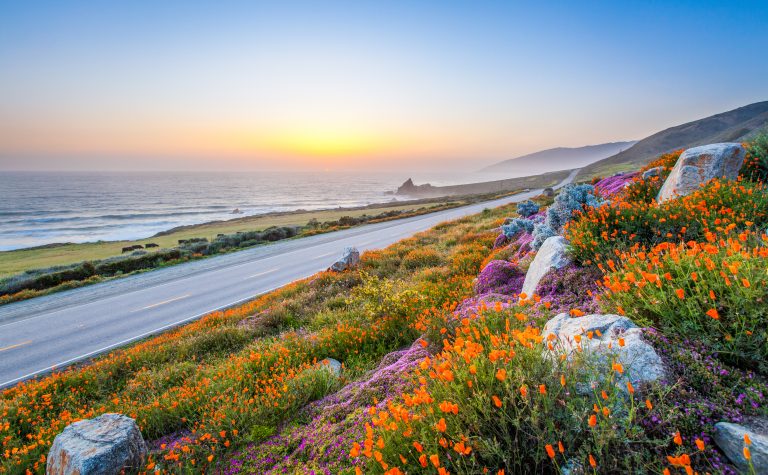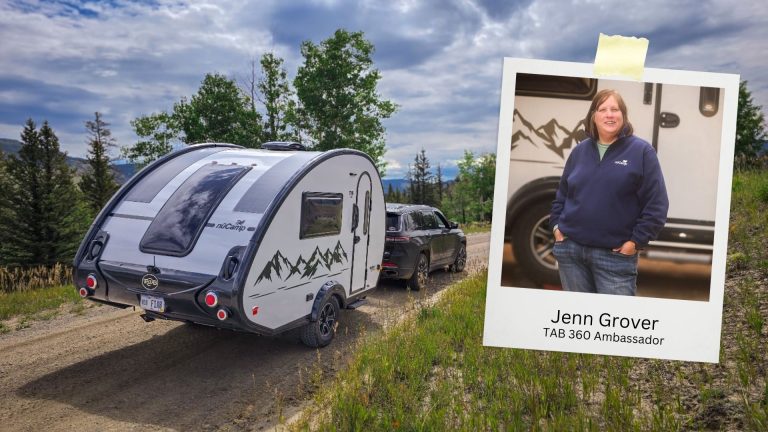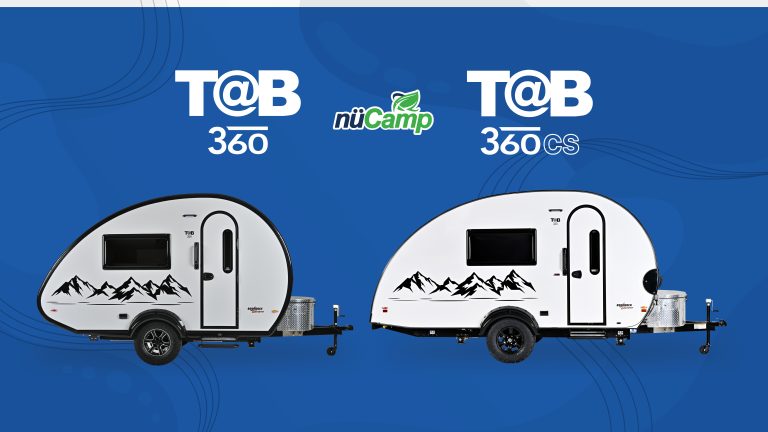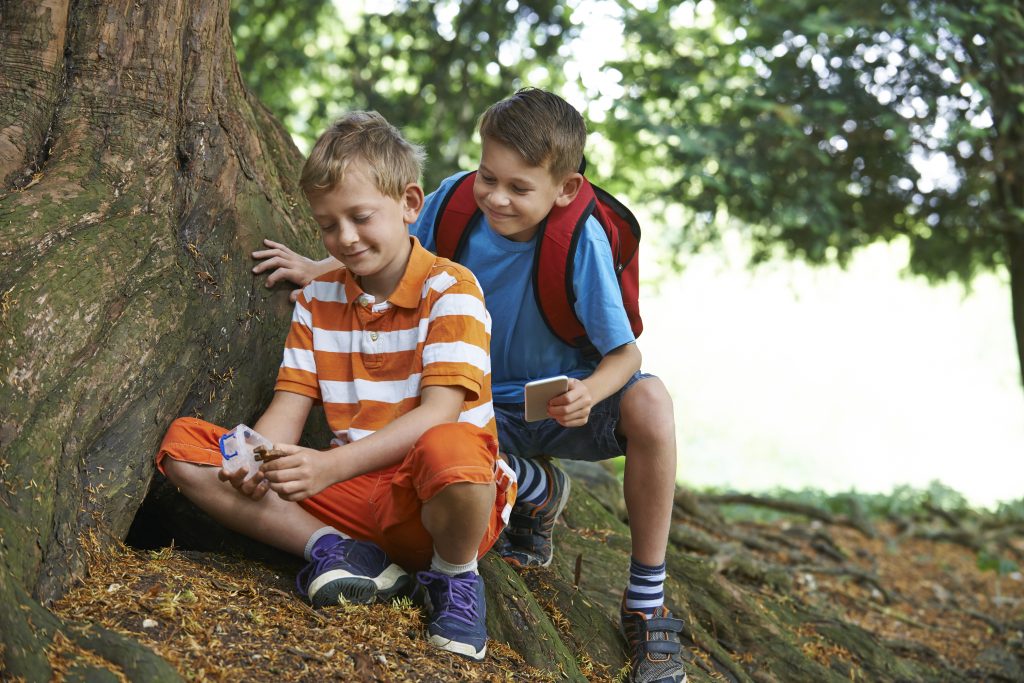One of the most enjoyable aspects of RVing is the opportunity to explore new locations and enjoy new experiences. By engaging in a geocaching adventure, you’ll add an element of discovery along with honing your GPS skills.
What is geocaching?
Geocaching could be considered a form of treasure-hunting, but undertaken using GPS-enabled devices rather than a pirate’s treasure map (with X marking the spot!) to locate hidden items called geocaches. According to Search Logistics, geocaching had its beginning in 2000, when GPS enthusiast Dave Ulmer hid the first geocache near Beavercreek, OR in May 2000. Calling it the “Great American GPS Stash Hunt,” Ulmer published the coordinates online, and within three days, two people had found it, and the excitement caught on.
Jeremy Irish got in on the act by launching Geocaching.com in September of the same year, and then in October, Irish, together with Elias Alvord and Bryan Roth, founded the company Groundspeak Inc. (known as Geocaching HQ) to support the game of geocaching.
From the initial 75 caches worldwide, the number grew until, at last count, there are more than 3.1 million active geocaches hidden in 196 different countries on all seven continents, including Antarctica. Geocaching has also taken off (literally) in space, with a geocache hidden aboard the International Space Station in 2008 and not found until five years later.
Why geocache?
Why do people do it? Part of the reason is the challenge of finding the caches. While the game rules stipulate that the cache can’t be buried, notes Geocaching.com, other than that, anything goes, from inside buildings to perched on the side of a cliff to underwater. As for what is located in a geocache container, a logbook to record the finder’s visit is required. Sometimes, the geocache will hold small trinkets for trading, or even maps, books, money, or other items.
Geocaching can be a great way to introduce the younger generation to the outdoors, according to Mississippi State University Extension Service. The education and understanding of forestry and wildlife management techniques that they’ll gain by geocaching enables them to contribute to the management and conservation of natural resources in the future.
Geocaching also offers environmental and scientific benefits. CITO (Cache In Trash Out®), launched by Geocaching HQ in 2002, is a worldwide environmental initiative to help preserve cache-friendly spaces’ natural beauty. Since then, more than 363,000 people have volunteered at 18,000 CITO events.
Even NOAA has gotten into the act, encouraging geocachers to report any benchmarks (a type of survey mark that makes up the National Spatial Reference System or NSRS) to the National Geodetic Survey (NGS). Since those benchmarks—usually brass, bronze, or aluminum disks set in bedrock or concrete—are essential elements surveyors use to accurately position other geographic points of interest, reporting their location to NGS is a valuable service.
Finally, geocaching is a family-friendly activity that all generations can enjoy. Given how technologically savvy most kids are these days, parents and grandparents may find themselves relying on the young ones to help locate whatever cache they are searching for.
Geocaching HQ created a new app called Adventure Lab that takes the game to a new level. Available on the Apple Store and Google Play and supporting 29 languages, the app guides players through finding clues, solving puzzles, and completing Adventures one location at a time, according to the developers. Also, the Adventures don’t require a physical container and can be located indoors.
Qualified Geocaching Premium members can create an Adventure Lab experience with up to five locations. Learn more about Geocaching Premium membership here.
How do you get started geocaching?
The first place to go is to the Geocaching.com website, where you’ll create a free account online. (You can also do this through the Geocaching® app, available in the Apple store or on Google Play.)
Next, you’ll use the app to navigate to a geocache nearby. Keep in mind it may be anywhere, so sharp eyes are essential. Cache details, such as the description, difficulty, terrain rating, and other information, will be included.
Once you find the cache, sign and date the logbook that’s inside, then place the cache back in its place. The last step is to log your experience online.
There are geocaches located in state and national parks as well as national forests. Check out the individual websites for a nearby park or forest for information about policies regarding geocaches as well as some of the better-known ones.
Some you may want to visit include the following:
- The Star-Spangled Banner Geotrail that follows the Star-Spangled Banner National Historic Trail has more than 30 diverse sites that are all part of the landscape of the War of 1812 in the Chesapeake region.
- The Historic Route 66 Geocaching Project, which includes caches in Petrified Forest National Park, is a partnership between the Historic Route 66 Association of Arizona and several of Arizona’s Route 66 communities. Each cache includes a logbook, a “First to Find” prize, and a historical image with a brief description.
- Georgia State Parks have two GeoTours: the Parks GeoTour featuring new locations and the History Trail GeoTour—a different challenge that includes history about the location, clues to solve and a combination to discover. More details are available here.
- Indiana Dunes National Park offers four geocaches types: traditional geocaches, EarthCaches, Lab Caches, and Virtual Caches. More details are available here.
If your travels take you to Colorado, visit the Colorado Parks and Wildlife page on geocaches, where you’ll find a list of state parks with caches. Going to Michigan? Check out the state’s three geo-tours in state parks and waterways: Michigan State Parks Centennial GeoTour, “Trust the Tradition” GeoTrail with Jay’s Sporting Goods, and Waterways Adventure Labs.
The Rails-to-Trails Conservancy’s TrailLink page has links to geocaching trails in states from Alabama to Washington. Once you choose your geocaching trail, download the map to your GPS unit to help you navigate, although it won’t contain details on specific caches.
The Cache Across America website is a nationwide tour of the entire United States, with one designated Cache Across America geocache in each state and the final cache in Washington, DC.
Finally, for more information about all things geocaching, visit Geocachers Compass, where you’ll find resources, how-to videos, and geocaching etiquette as well as a list of trails and tours.
Apps
The following apps can help you on your geocaching adventure. (The information is provided by the developers.)
c:geo — On Google Play, c:geo is an open source, full-featured, always ready-to-go unofficial client for geocaching.com and offers basic support for other geocaching platforms (such as Opencaching). It does not require a web browser or exports. Just install it and start right away. Cost: Free
GeoCaching Buddy — Available on the Apple Store and Google Play, GeoCaching Buddy is ultimate tool for the serious geocacher when solving multi-caches, powered by Geocaching Live. This buddy app will remember every clue found and will calculate any derived clue or new waypoint for you. Cost: $5.49
GeoCaches — On the Apple Store, GeoCaches is a simple application for geocachers that supports geocaching.com, geocaching.su, and others. Cost: Free
Recent Articles





